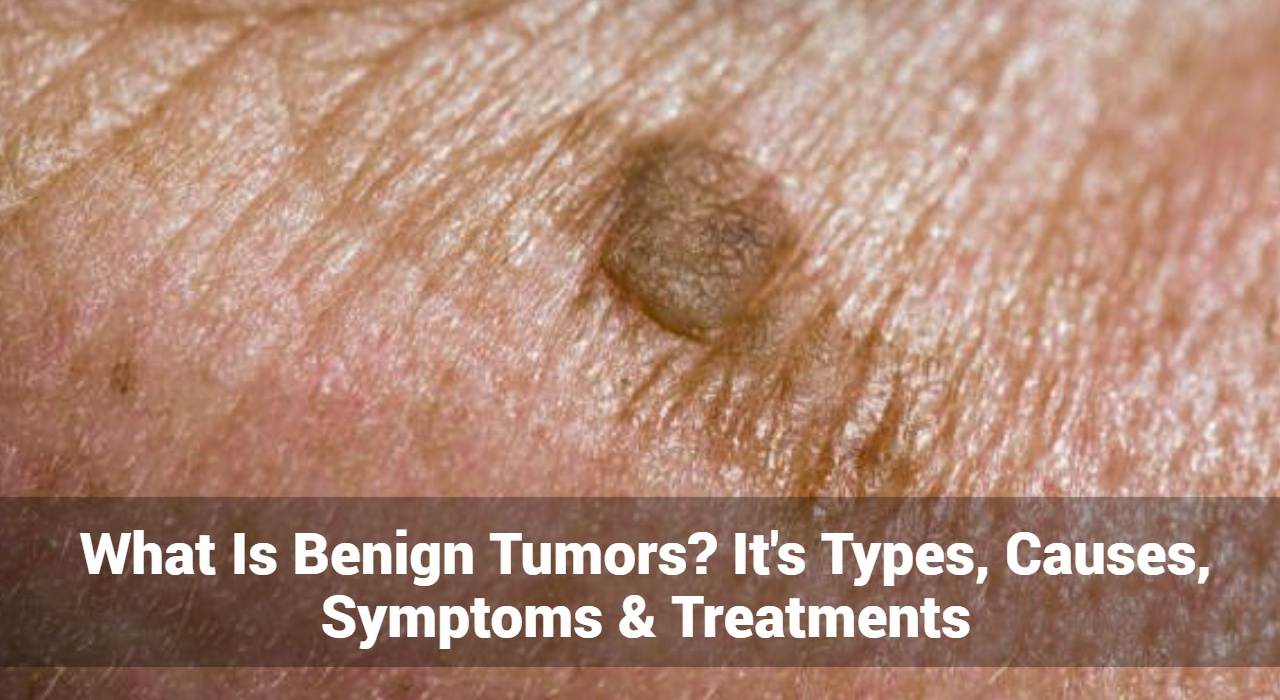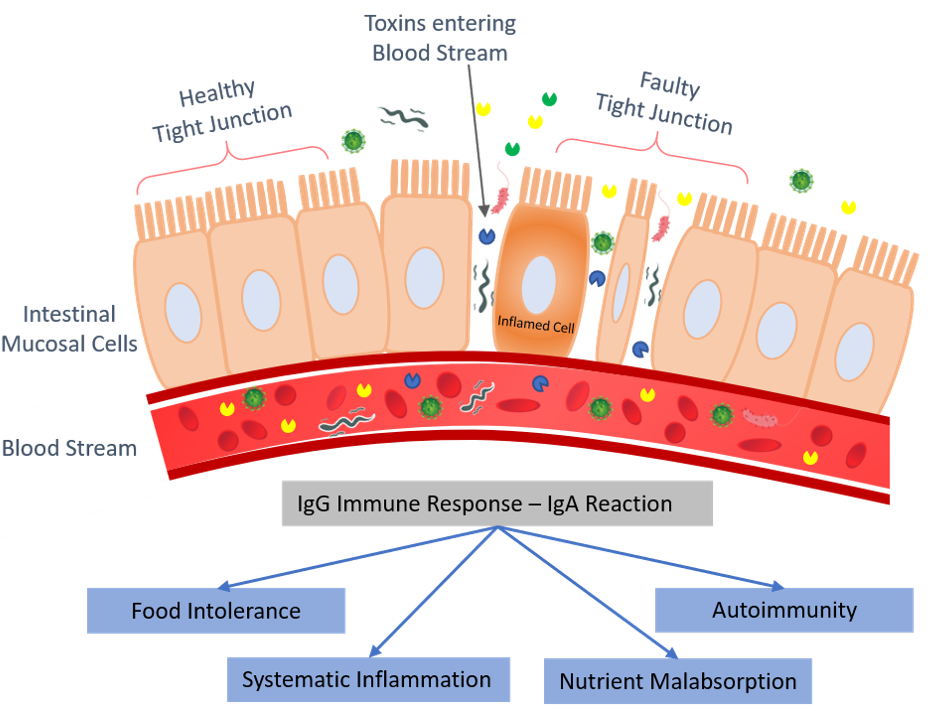Benign tumors are non-cancerous growths that arise from abnormal cell proliferation. Unlike malignant tumors, benign tumors do not invade surrounding tissues or spread to other parts of the body. While they are generally less concerning than cancerous tumors, they can still cause various health issues depending on their location and size. In this article, we will explore the types, causes, symptoms, and treatments of benign tumors to provide a comprehensive understanding.
What Are Benign Tumors?
Benign tumors are non-cancerous growths that arise from abnormal cell proliferation. Unlike malignant tumors, benign tumors do not invade surrounding tissues or spread to other parts of the body. They generally grow slowly and are often well-defined with a clear boundary. Although benign tumors are not cancerous, they can still pose health risks depending on their size, location, and the organs they affect.
Different Types of Benign Tumors
Benign tumors can occur in any tissue or organ in the body, and they are classified based on their origin. Here are some common types:
- Adenomas: These tumors originate in glandular tissues, such as the thyroid, pituitary gland, or adrenal glands. Examples include thyroid adenomas and pituitary adenomas.
- Lipomas: Lipomas are composed of fat cells and are the most common type of benign tumor found in soft tissues. They usually appear as soft, movable lumps under the skin.
- Fibromas: These tumors arise from fibrous or connective tissues. They can occur in various parts of the body, including the skin (dermatofibromas) and reproductive organs.
- Hemangiomas: These tumors are composed of blood vessels and are commonly found in the skin or liver. They are often present at birth and can vary in size and appearance.
- Neurofibromas: Originating from nerve tissues, neurofibromas are usually found on or around nerves. They are commonly associated with neurofibromatosis, a genetic disorder.
- Myomas: Also known as fibroids, these tumors develop in the uterine muscle and are prevalent among women of reproductive age.
- Osteomas: These are benign bone tumors that typically grow slowly and can occur in the skull, face, and long bones.
Track and Manage your Eczema treatment using a comprehensive Eczema App
Download Eczemaless now
What Causes of Benign Tumors?
The exact cause of benign tumors is often unknown, but several factors can contribute to their development:
- Genetics: Certain genetic mutations or hereditary conditions can predispose individuals to benign tumors. For example, neurofibromatosis is a genetic disorder that leads to multiple neurofibromas.
- Hormonal Changes: Hormones can influence the growth of some benign tumors. For instance, estrogen can stimulate the growth of uterine fibroids (myomas).
- Environmental Factors: Exposure to certain environmental factors, such as radiation, may increase the risk of developing benign tumors.
- Age and Gender: The risk of developing certain types of benign tumors can vary with age and gender. For example, lipomas are more common in middle-aged adults, while myomas are more prevalent in women of childbearing age.
- Chronic Irritation: Persistent irritation or trauma to tissues may contribute to the formation of benign tumors. For instance, chronic irritation from frequent friction or pressure can lead to the development of skin fibromas.
What Are The Symptoms of Benign Tumors?
Symptoms of benign tumors vary based on their type, size, and location. In many cases, benign tumors do not cause symptoms and are discovered incidentally during imaging studies or physical exams. When symptoms do occur, they may include:
- Lumps or Masses: A palpable lump or mass is a common symptom of benign tumors, such as lipomas or fibromas.
- Pain or Discomfort: Depending on their location, benign tumors can cause pain or discomfort. For example, a large myoma in the uterus may cause abdominal pain or heavy menstrual bleeding.
- Changes in Organ Function: Tumors growing near or within organs can affect their function. For instance, a pituitary adenoma may disrupt hormonal balance, leading to symptoms such as headaches or vision changes.
- Skin Changes: Some benign tumors, like dermatofibromas or hemangiomas, can cause visible changes in the skin, such as discoloration or texture changes.
- Neurological Symptoms: Neurofibromas can cause neurological symptoms if they compress nerves, leading to pain, numbness, or weakness in affected areas.
GET IN CONTROL OF YOUR ECZEMA
Use our AI tool to check the severity of Eczema and keep track of your Eczema progress.
Diagnosis of Benign Tumors
Diagnosing benign tumors typically involves a combination of medical history, physical examination, and diagnostic tests:
- Medical History and Physical Exam: You consult a dermatologist or healthcare provider who will review your medical history and perform a physical examination to assess the characteristics of the tumor.
- Imaging Studies: Techniques such as X-rays, ultrasound, MRI, or CT scans can provide detailed images of the tumor and help determine its size, location, and extent.
- Biopsy: A biopsy involves taking a small sample of the tumor tissue for microscopic examination. This helps confirm the benign nature of the tumor and rule out malignancy.
- Blood Tests: In some cases, blood tests may be conducted to evaluate overall health and check for markers associated with certain types of tumors.
What Are The Treatment Options for Benign Tumors?
Treatment for benign tumors depends on several factors, including the tumor’s type, size, location, and whether it is causing symptoms. Options may include:
- Observation: If the benign tumor is small and asymptomatic, your healthcare provider may recommend regular monitoring with periodic imaging studies to track its growth.
- Surgical Removal: Surgical excision is often the preferred treatment for benign tumors that cause symptoms, are growing, or are cosmetically concerning. The goal is to remove the tumor completely while preserving surrounding healthy tissue.
- Medications: In some cases, medications may be prescribed to manage symptoms or shrink the tumor. For instance, hormone therapy may be used to treat hormone-sensitive tumors like uterine fibroids.
- Minimally Invasive Procedures: Techniques such as laser therapy or cryotherapy may be used to remove or shrink certain types of benign tumors with minimal impact on surrounding tissues.
- Radiation Therapy: Although less common for benign tumors, radiation therapy may be used in certain situations, such as treating hemangiomas or tumors that are difficult to remove surgically.
- Lifestyle and Home Remedies: For some benign tumors, making lifestyle changes such as managing stress, maintaining a healthy diet, and staying active may help alleviate symptoms and improve overall health.
Living with Benign Tumors
Living with benign tumors often involves regular monitoring and managing any associated symptoms. If you have been diagnosed with a benign tumor, it’s important to follow your healthcare provider’s recommendations and attend follow-up appointments to ensure that the tumor remains stable and does not cause complications.
Conclusion
Benign tumors are non-cancerous growths that can affect various tissues and organs in the body. While they are generally not life-threatening, their impact on health can vary based on their size, location, and symptoms. Early diagnosis and appropriate treatment can help manage benign tumors effectively and improve quality of life. If you suspect you have a benign tumor or are experiencing symptoms, consult with a healthcare professional for accurate diagnosis and personalized treatment options.
Track and Manage your Eczema treatment using a comprehensive Eczema App
Download Eczemaless now






